Decorating 101: How to Start a Decorating Project
Congratulations. You’ve decided to decorate your home. Now what?
Whether you’re furnishing your first place or redoing the house you’ve owned for decades, decorating can be a challenging task, filled with costly decisions whose outcomes could haunt you for years. How do you figure out what style is right for you? Should you tackle the job yourself or hire a pro? How much should you spend? And what steps can you take to ensure you’ll be happy with the results?
In this series I’ll take you through the entire decorating process, from initial inspirations to final floor plans. We’ll talk about choosing colors, shopping for furniture, arranging furniture, where you should scrimp and where you should spend.
But before you do any of that, look around you.
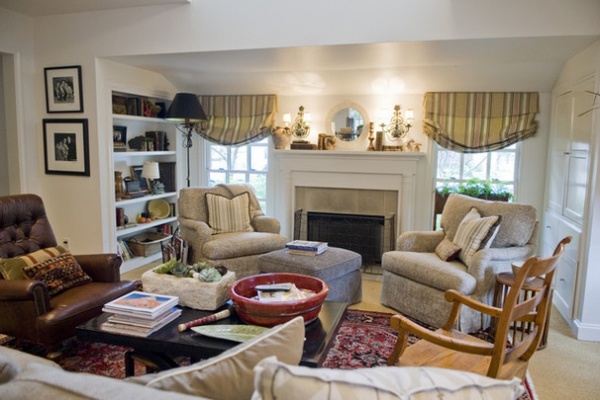
Take a critical look at your current home. What do you like about it? What do you dislike? Are your feelings prompted by the aesthetics of the decor? The comfort? The fabrics? The colors?
Learn from that. Repeat the things you like, and don’t repeat the things you don’t like just because they’re familiar to you.
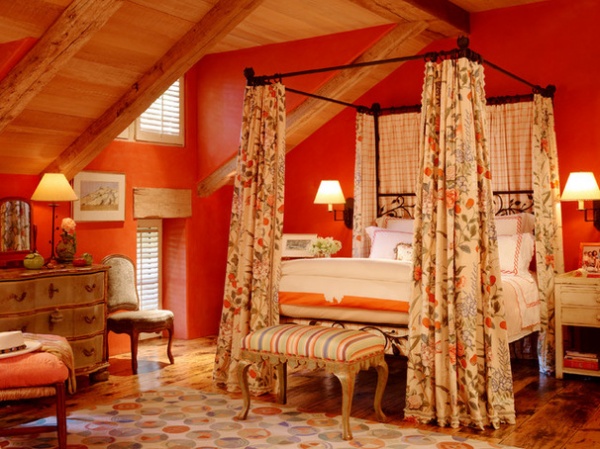
Write your list for Santa. Create a wish list — your Santa Claus list. Write down everything you would like to do if money were no object. Then figure out which things you can do, which things you can’t do, which things have to be done now and which things can wait.
“If you don’t have that master list, it’s hard to prioritize,” says interior designer Amy Luff of Viva Luxe Studios in Bristol, Virginia.
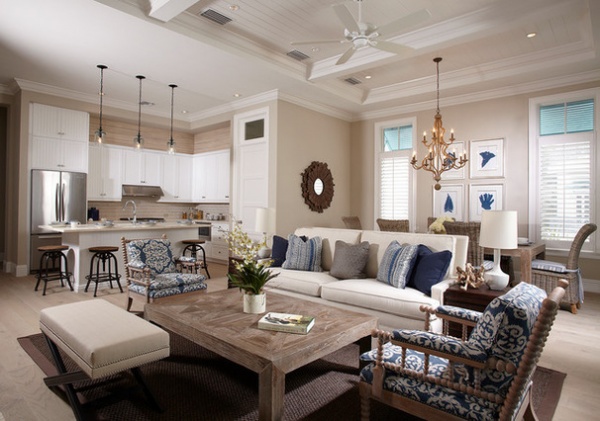
Collect photos. Start collecting pictures of rooms you like. Even if you’re going to hire an interior designer, this will help him or her get a sense of your taste.
Naturally, Houzz is a great place to begin, as you’ll have more than 3 million pictures at your fingertips. You can save everything into one ideabook or make individual ideabooks for each room or each aspect of the design (wall colors, furnishings, fireplaces etc.).
Don’t try to do this in one sitting — give yourself a few weeks or months to compile your photos, as your tastes might evolve during the course of the exercise. Something that appealed to you on Day 1 might seem trite by Day 23.
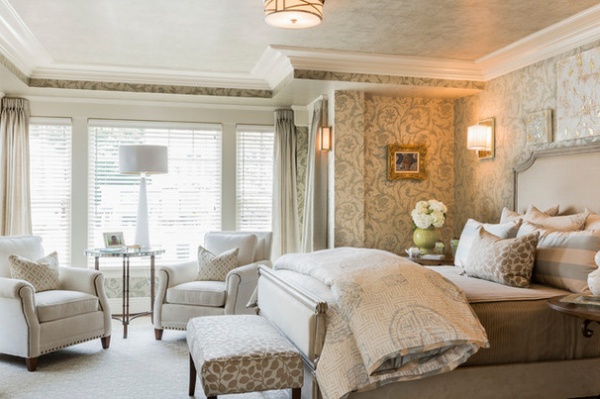
Get your better half involved. For many couples there’s often one person who’s more interested in decorating than the other. The other person might say, “Do whatever you want.”
Do not do whatever you want. Because as soon as you start buying things, Mr. or Ms. No Opinion will suddenly have an opinion. So make him or her spend some time with you at the very beginning just looking at pictures of interiors. “Spend an hour or two on the computer and look at some things together and talk about them,” says interior designer Alana Homesley of Woodland Hills, California. As you review each room, ask your partner, “What do you like about it? What don’t you like about it?”
Alternatively, you can each collect a file of images independently, then sit down and compare what you’ve chosen. This way your initial selections won’t be swayed by the other person. As you review your selections together, your differences and similarities will immediately become apparent.
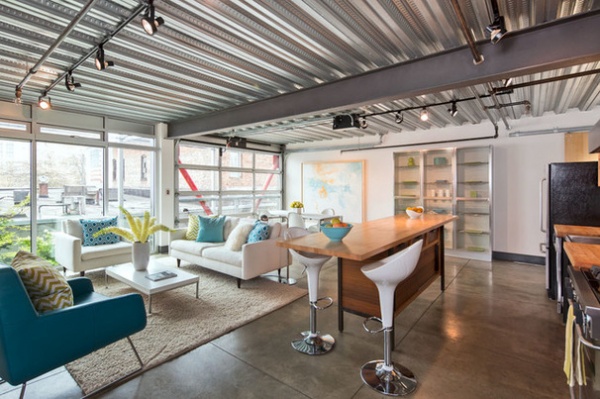
“I don’t know what I like.” Many people find it difficult to articulate what they want. Don’t let that bother you. Let those photos you’ve collected convey that information for you. Look at the characteristics that pop up again and again: the style of furnishings, the color palettes, the patterns, the materials, the quantity of furniture in each room. Let those characteristics guide you.
Most people have a basic comfort level, explains Homesley. They know what kinds of rooms they like to be in and what kinds they don’t like to be in. Although it’s good to venture outside your comfort zone every now and then, it’s unlikely that you’ll enjoy living in a minimalist contemporary space if your natural predilection is for French country. So trust your instincts.
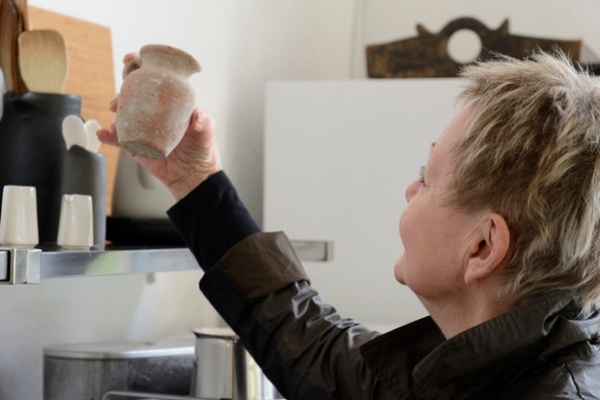
Take another look around. Now that you’ve started to zero in on the look you want your interior to have, make a list of all your significant pieces and figure out which items should stay and which should go.
Keep in mind that if you love a piece of upholstered furniture but hate its fabric, it can be reupholstered. Wood pieces can be painted or stained. Objects can be repurposed. And if there’s an inherited piece that has great sentimental value but you can’t stand to look at it … well, life’s too short to live with things you don’t love.
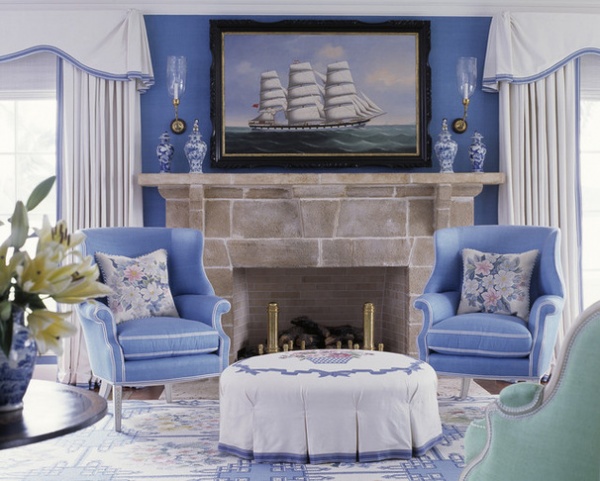
All at once or in stages? If you have the budget to do everything at once, by all means go for it. If you want everything done at once but can’t afford that now, save your money and do it all at once later.
If you can’t afford to do it all at once and don’t care if everything is done at the same time, then you’ll be better off doing the project in phases. Complete one room before moving on to the next one, rather than doing a little bit in one room and a little bit in another.
“Living in a half-finished space isn’t going to make most people happy,” says Homesley. “I think it’s better to wait and do your project in phases.”
The living room is a good place to start, as it will leave you with something you can be proud of and can share with friends — a good launching point for the other work ahead.
More: Decorating 101: Do It Yourself or Hire a Pro?












